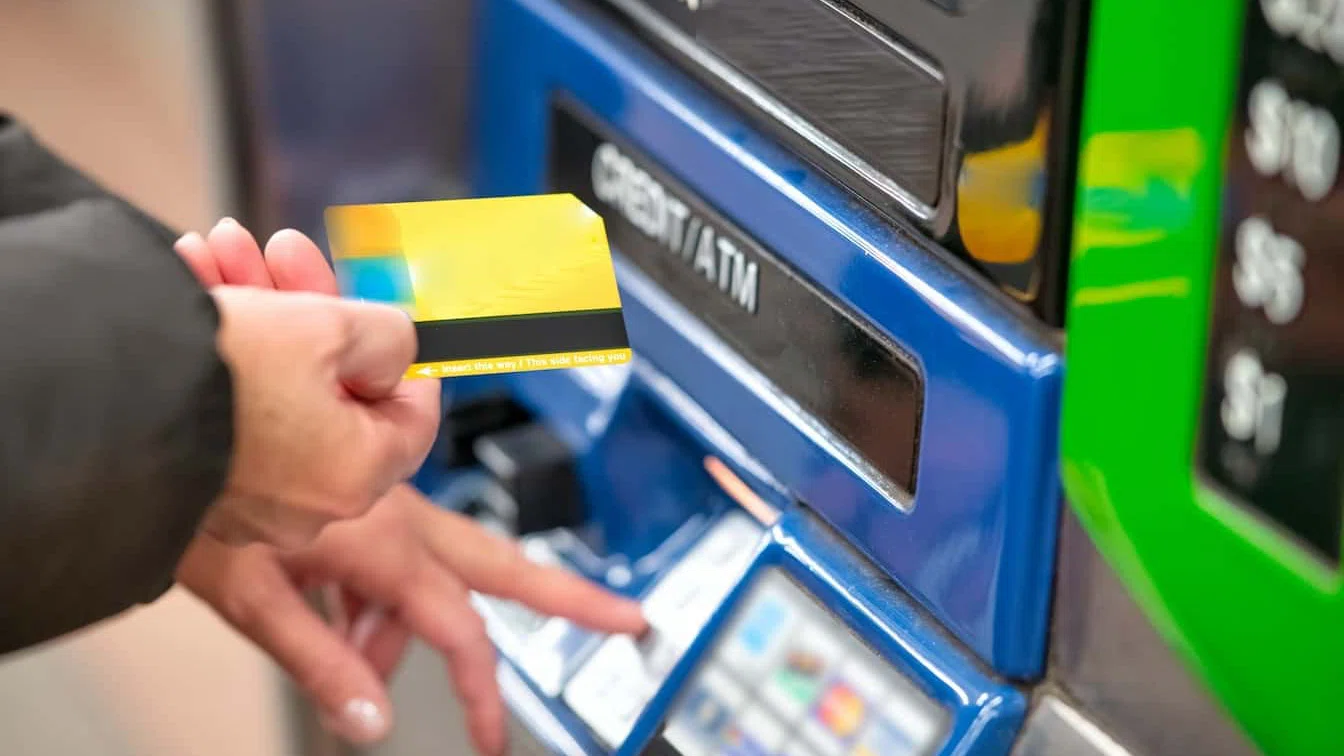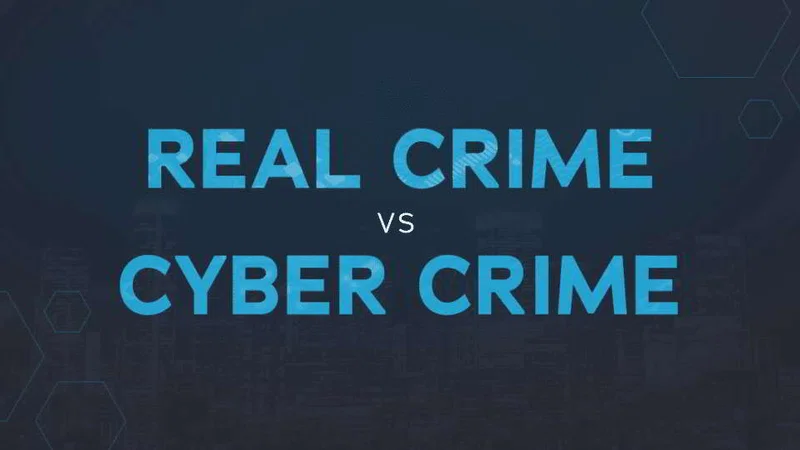What is a Smart ATM?
First introduced in the late 1960s, ATMs have been an integral part of retail spaces and have seen plenty of upgrades over the decades; however, to keep up with the pace of digital transformation, they need to get smarter. Smart ATMs enable the use of innovative technologies that can offer customers a better service while also reducing fraud. The potential for online neobanks to use physical ATMs to transfer, withdraw, and deposit funds would be truly revolutionary.
When the pandemic broke out, retail was one of the hardest industries to be affected. Immediately stores began closing down and laying off employees. While for a mega-corporation this type of setback could be quite aggravating, stripping off years of progress, for a small family-owned store this type of development is devastating, leading to many bankruptcies and foreclosures of their properties. Even with the worst of the pandemic behind us, consumers continue transitioning to online browsing and shopping, leading to even future losses for shopping centers. With the online shopping movement on the verge of becoming an even greater influence on consumers, retailers are desperate to retain their customer base and add value to the shopping experience. One way retailers have been able to adapt to the circumstances, is by implementing a greater percentage of automated registers with no human contact. This solution has been successful at avoiding contact between people, while also providing a faster alternative than a standard register, however, this solution is not enough to gravitate online shoppers back to the supermarkets. Retailers need something extra to rejuvenate the shopping experience and tailor it to the consumer’s needs, otherwise, they might risk online shopping becoming a permanent fixture in the 21st century.
Another problem that comes to light is in the online banking industry. Neobanks, sometimes referred to as “challenger banks,” are fintech firms that offer apps, software, and other technologies to streamline mobile and online banking. While they are extremely successful in the online space, they have yet to find a way to incorporate themselves into the physical world. Because most banks are not “real” banks, neobanks often partner up with established partner banks who supply them with the FDIC-insured funds to conduct their operations. This allows neobanks to operate completely online and remain nimble and transparent compared to their major bank counterparts, but with the downside of missing out on the physical retail market. Could there be a way for neobanks to engage the real world and set themselves apart from traditional banks once and for all?
One startup is set to attempt to tackle these problems. I had the opportunity to sit with Pavel Vilensky, CEO at GlobalCloudPayments. GlobalCloudPayments is a finalist of Accenture-backed European Innovation Awards within Finance & Prosperity space "Blue Tulip Awards.” Unlocking growth for retailers, banks, and independent ATM deployers with a SmartATM set of solutions, GlobalCloudPayments optimizes cash & payroll management for retailers, reducing ATM operation costs for ATM networks and traditional banks, and providing neo-banks with direct integration to a SmartATM.
What was the inspiration for joining GlobalCloudPayments?
I joined GlobalCloudPayments around 1.5 year ago with the goal of speeding up the business development process and market them to certain verticals, as well as bringing new talent on board. At GlobalCloudPayments, we realized the importance of scaling and shaping our business for the future. My expertise mainly lies in marketing and marketing strategy consulting in the consumer and retail worlds. Looking at what drives markets, trends, and consumer behaviors in FMCG or consumer electronic products. It’s exciting to see how many applications of this can relate to the payments industry. We have payment experts on our team who have been working in the payments industry for decades now, developing ways to connect fintech with retail and digital banks, and we also have the other half of the team, who specializes in operational efficiency and understands the business development techniques, growth opportunities, and processes. My job is to bring them together to maximize opportunities.
In what way do you optimize cash and payroll management for retailers?
Our client profile lies within the retail space, as this is where our traffic points are greatest. These are the customers that can fill their financial needs on the go, like depositing and withdrawing funds, and additional transactions. However, believe we can offer more than just the typical ATM function of withdrawing and depositing money. Pay-my-bill is a great example, where consumers can clear their utility bills in front of a smart ATM with whatever payment they would like to choose. Variable payments, card payments, cash payments, and soon even crypto payments will all be options. Retailers would benefit from these transactions the most because they are the ones that accumulate the most cash that circulates in the economy with the amount of traffic they produce. Smart ATMs can help draw in more consumers to their own stores providing retailers with value and new services apart from their typical products. They can even incorporate a payment or loyalty card program or partnership with Smart ATMs. If you also look at it from the consumer perspective, a brand new shelf of financial services will open their eyes to new financial options and increase the likelihood of them continuing to shop at this location.
Another opportunity comes in the form of cost-cutting of cash transit services. Typically cash is transferred through armored transit trucks which collect the cash and deliver the funds to the retailer’s bank of choice. This can be a reasonably costly solution that can be driven down with Smart ATMs. Instead of transit trucks arriving every day, the number can be pushed down to as little as once per week, optimizing the frequency of such rides and saving the store money.
Explain how you reduce ATM operational costs for ATM networks and traditional banks?
There are multiple ways to redevelop these processes to reduce ATM operation costs. For example, our cloud processing plug and play solution, which we are rolling out across several active European markets, allows us to effectively reroute transactions in a way that brings the most value to an ATM owner. We are developing out-of-the-box solutions to bring incremental value to traditional processes for our clients.
On the other hand, we are in the early stages of developing a product that will drastically decrease the cost of ownership and ATM operational costs for both independent ATM networks and traditional banks.
How do you provide neo-banks with direct integration to a SmartATM?
There are nearly 400 neobanks currently in the world, yet zero of them have direct access to a smart ATM, nor any type of ATM. If you would like to open any sort of account with any digital financial service, you would have a hard time doing so with an ATM. Such functionality for seamless integration would be a new avenue for neobanks to digitize the physical world. The possibility of complete saturation of online growth could halt expansion for neobanks unless they are able to find a way to integrate into the real world. An integration would open new doors and opportunities to the retail and physical world. With millions of online customers using their services, it only makes sense to convert some of those consumers into the physical world to provide neobanks with a future growth point. A majority of potential customers only operate with cash, so for neobanks to reach these customers would be extraordinary for their future success. In order to even access money from a neobank, you would often need a traditional bank integrated into the platform. To make the process simpler, why not let Smart ATMs connect neobank customers to the real world and to the transfer of monetary cash.













